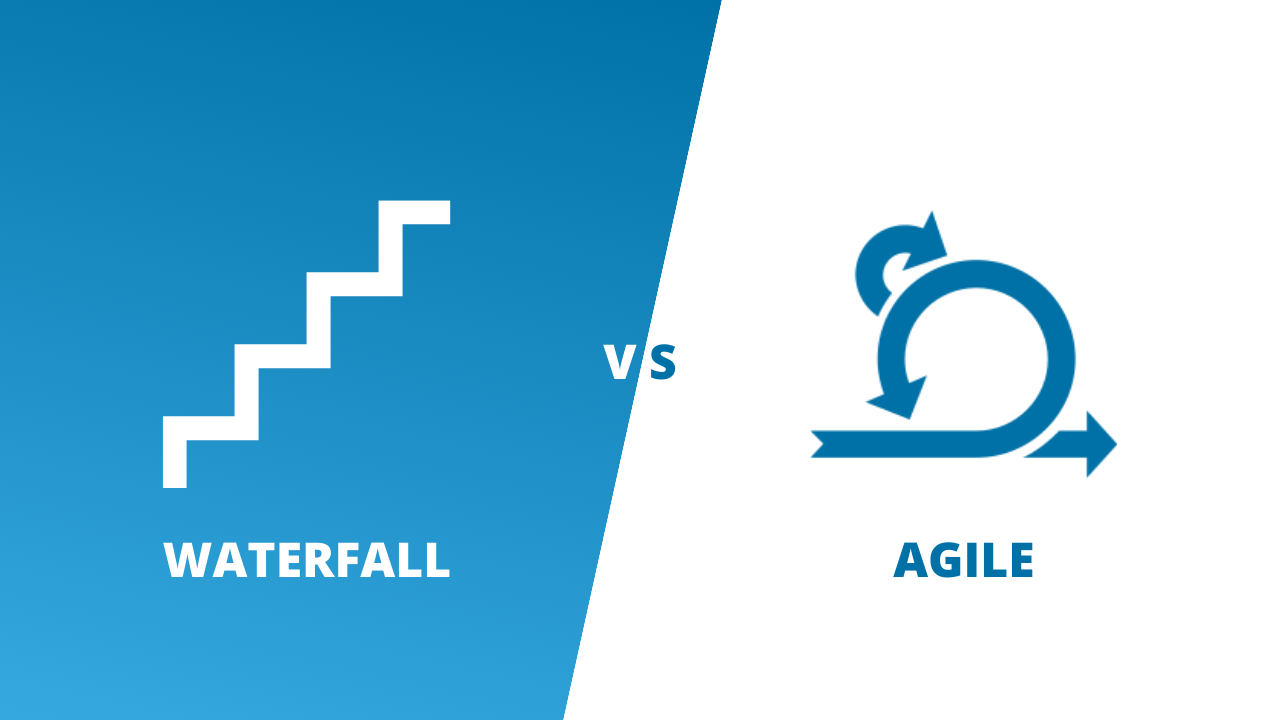A modern PMO must act as a bridge between strategy and execution.
This starts with a clear mandate from the top: the PMO’s mission should explicitly tie to supporting the organisation’s strategic objectives (e.g., enabling growth initiatives, driving digital transformation, improving customer experience). All major activities of the PMO, from project selection to performance metrics, should be aligned with those strategic priorities.
Four Practices for PMO Alignment
By embedding these practices into everyday operations, the PMO moves from being a passive overseer to a proactive driver of organisational success, ensuring that every project not only delivers outputs but also advances the company’s most important goals.
1. Implement Strategic Portfolio Management (SPM)
Rather than passively tracking projects, the PMO should facilitate regular portfolio reviews with executives to select and prioritise initiatives that best advance strategic goals. This means establishing criteria to evaluate projects by strategic impact and ensuring a line of sight from each project to a high-level objective. For example, if a corporate strategy is to improve customer satisfaction, the PMO should emphasise projects that contribute to that goal and question those that don’t. As noted earlier, doing the right projects is as important as doing projects right.
2. Be an Adviser in Strategic Planning
PMO leaders should have a seat at the table during strategic planning cycles. They can provide insights into capacity, potential risks, and past project performance to inform strategy execution plans. When the strategy shifts, the PMO can quickly realign the project portfolio accordingly, preventing misallocation of resources to outdated initiatives.
3. Cascade Goals and KPIs
The PMO’s success metrics should roll up to strategic metrics. For instance, if one corporate goal is to increase market share, the PMO might track how many product launch projects it facilitated and their contribution to sales. PMI’s research suggests organisations with mature alignment processes see far superior outcomes — 45% more projects meeting original goals and business intent. The PMO should champion benefits realisation tracking to capture these outcomes.
4. Communicate Strategy Downwards
Ensure all project teams understand the strategic context of their projects. A PMO can help by translating high-level strategy into a roadmap that teams can relate to, as well as by regularly communicating how project outputs tie to business results. When teams see the “why” behind their work, engagement and purpose increase.
Example: Strategic Alignment in ActionA leading financial services PMO restructured its portfolio after aligning with a new customer experience strategy. By cutting 20% of low-value projects and redirecting $5M into high-impact initiatives, the PMO reduced delivery times by 30% and directly contributed to a 12% increase in customer satisfaction scores within a year. |
Checklist: 5 Ways to Keep Your PMO Aligned with Strategy
Staying aligned with corporate strategy isn’t a one-off task, it’s an ongoing discipline. This quick checklist helps PMOs maintain focus, adapt to change, and ensure every project continues to serve the organisation’s top priorities.
- Hold quarterly portfolio reviews with senior leadership.
- Set project evaluation criteria tied to strategic impact.
- Maintain a real-time portfolio dashboard for executives.
- Link every KPI to a corporate goal.
- Retire or reprioritise projects that no longer serve strategic needs.
Conclusion
By acting as the custodian of strategic alignment, the PMO becomes indispensable. Executives will support a PMO that they see is driving their agenda forward. This alignment also helps in making tough decisions — stopping projects that no longer fit strategy (thus saving money) or accelerating those that do, which is a value-add function beyond administrative duties.













